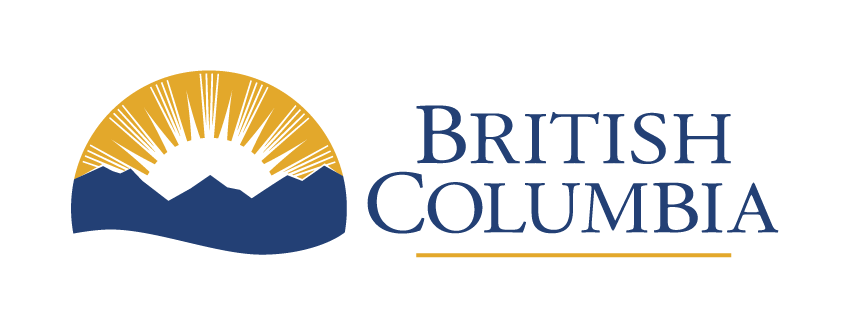Resources
Key terms
Icon:

Definition:
BC Emergency Alerts are issued using the Alert Ready system. This system enables provinces and territories to issue emergency alerts through television, radio and wireless devices.
Definition:
Declared by a local government when an emergency or disaster within its jurisdiction requires access to the extraordinary emergency powers of the Emergency Program Act.
Definition:
Declared by the Government of British Columbia when an emergency or disaster within B.C. requires access to the extraordinary emergency powers of the Emergency Program Act.
Definition:
Be ready to leave on short notice. If you leave before or during this alert, it’s called a voluntary evacuation.
Definition:
You are at risk. Leave the area immediately.
Definition:
Happens when a sudden threat to life requires immediate action and there is no time to prepare or issue written warnings. These types of evacuations are often coordinated by the RCMP or local police, with assistance from other agencies. Leave the area immediately, following the advice and direction of authorities.
Definition:
The risk to life and safety has now passed. It is safe to return home. Stay tuned for other possible evacuation alerts or orders.
General partners
Emergency Management and Climate Readiness
Emergency Management in BC
Emergency management in British Columbia is guided by four pillars: Mitigation, Preparation, Response and Recovery. Learn how the province is involved in emergencies and find resources for your household, neighbourhood and community.
ClimateReadyBC
ClimateReadyBC is a central, open information portal where you can explore climate and disaster risk data, information and resources. This information will help communities, organizations and individuals identify the risks they face, how they are created, and how they can be effectively managed.
PreparedBC
PreparedBC is British Columbia’s emergency preparedness education program serving individuals, Indigenous and local governments, communities and schools. Follow PreparedBC on Facebook, X, and Instagram.
